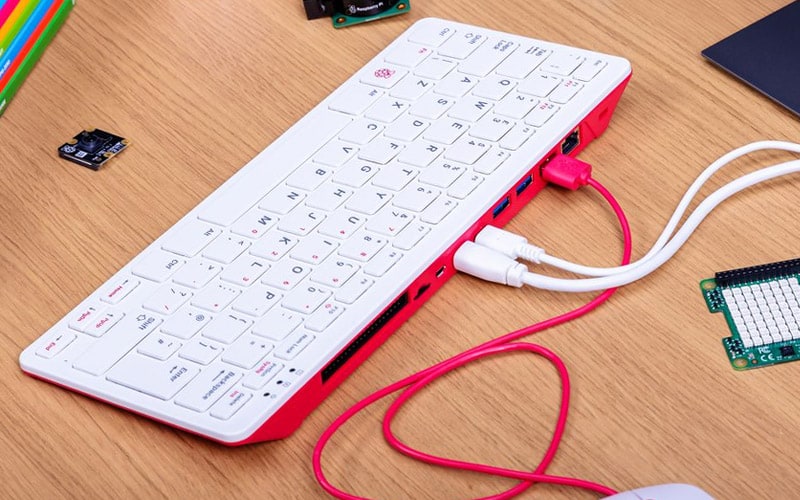

- #Raspberry pi add keyboard shortcut to open terminal serial
- #Raspberry pi add keyboard shortcut to open terminal windows

If you leave Openbox in a key chain state for too long without completing it, Openbox will cancel the key chain and restore your normal key bindings. When you start a key chain, after a short delay, a small dialog will appear in the top left corner of the screen to show you where you are in the key chain.Īs long as you are in a key chain, other key bindings will not work except the ones found inside the key chain. You can create key chains within key chains, with as many levels as you want, if you wish to. To shade a window, you would press Control and the "f" key together, and then release everything and press the "s" key. In order to maximize a window using this key binding you would press the Control key and the "f" key together (which is written as C-f), then you would release everything and press the "x" key. You can create Emacs-style key chains simply by nesting key bindings inside each other. They will generally be executed in order from the first to the last. The ACTIONS can be any number of actions. Note that the "0x" prefix is required to interpret the key as a numeric keycode, and that the hex characters are case-insensitive (i.e. To take the above example, the keycode for the Menu key is 135, which is 0x87 in hexadecimal. This can be done by specifying the keycode in hex. Keys can also be specified by their numeric codes. This key can then be used as in the following example. State 0x0, keycode 135 (keysym 0xff67, Menu), same_screen YES,
#Raspberry pi add keyboard shortcut to open terminal serial
KeyRelease event, serial 36, synthetic NO, window 0x1e00001, For example, the following xev output indicates, on the third line, that the Menu key was pressed. You can find the name of any key by using the xev command in a terminal, pressing the desired key, and watching the output from xev in the terminal. The Key is the name of the key, such as "a", "space", "Escape", "less", or "F1". Mod1 to select Mod1Mask), but this is for advanced users who have customized their modifier mapping with xmodmap. You can also use Mod1 through Mod5 as the modifiers to directly select a modifier mask (e.g.
#Raspberry pi add keyboard shortcut to open terminal windows
Super key (Usually bound to the Windows key on keyboards which have one) This is useful if you use multiple keybinds for a thing that is quite complicated to specify. Multiple KEY-COMBINATION can be specified in one keybind by separating them with spaces. Any number of modifiers (0 or more) can be used together, and they are each separated by a "-". The format for the KEY-COMBINATION is: Modifier-Modifier-Key. KEY-COMBINATION is the key combination which you want to bind to the actions. Here are a few example key bindings from the default configuration file, to give us an idea of what we'll be talking about:

Any bindings outside of that section are not valid and will be ignored. Key bindings are found in the section of your rc.xml configuration file. 1.3 Creating hotkeys from the command line.


 0 kommentar(er)
0 kommentar(er)
